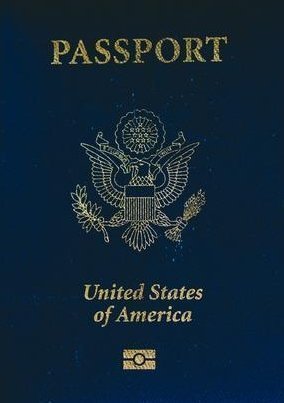
The Ultimate Checklist for Chief Stewardesses: Organise, Lead, Excel
The Evolving Role of the Chief Stewardess
In the fast-paced world of luxury yachting, the chief stewardess plays a critical role in ensuring seamless guest experiences and interior excellence. Beyond service and style, this position requires sharp organisational skills, clear crew leadership, and a deep understanding of five-star expectations.
If you’re ready to elevate your role, this chief stewardess checklist will help you manage every detail — from daily housekeeping routines to charter preparation and service mastery.
The Evolving Role of the Chief Stewardess
What was once a senior stewardess position is now a multi-dimensional leadership role. Chief stewardesses are expected to:
- Manage junior interior crew
- Coordinate with heads of department
- Maintain service standards
- Oversee housekeeping and provisioning
- Deliver elevated guest experiences — flawlessly
The modern chief stew is not just a team leader — she’s an interior operations manager, brand ambassador, and discreet problem-solver.
Daily, Weekly & Charter Preparation Checklists
✅ Daily Duties
- Morning and evening guest area checks
- Turn-down inspections
- Laundry tracking (guest + crew)
- Table setting and décor rotations
- Beverage stock monitoring
📅 Weekly Duties
- Uniform audits and repairs
- Deep-cleaning rotation plan
- Provisioning inventory review
- Guest preference file updates
- Crew service training refresher
🚤 Charter Prep Essentials
- Guest welcome briefings and floral orders
- Stateroom readiness + minibar restocking
- Wine pairing and cocktail menus confirmed
- Uniform checks and service stations prepped
- Emergency protocol reminders with crew
Leading the Interior Crew with Confidence
Great service starts with great leadership. Managing a diverse team of junior stewardesses requires:
- Clear task delegation and role clarity
- Constructive feedback and regular check-ins
- Motivational leadership that maintains high morale under pressure
- Creating and updating SOPs (Standard Operating Procedures)
🎯 Pro tip: Hold quick 10-minute briefings at the start of each day to align the team’s goals and address challenges early.
Cocktail & Service Planning Hacks
Chief stews are often expected to wow guests with sophisticated drinks and flawless table service. Here’s how to stay ahead:
- Maintain a seasonal cocktail list — include mocktail options too
- Prep garnishes and glassware before guest arrival
- Create a theme-night rotation for longer charters
- Train junior crew in silver service basics
- Develop a signature table setting style that reflects your yacht’s vibe
Tools to Simplify the Job (and Save Your Sanity)
You’re juggling a lot — let the right tools support your flow.
The Stewardess Bible’s Chief Stewardess Module is a downloadable, print-ready resource built for professionals like you.
Inside the module:
- Editable cleaning schedules
- Leadership & team management worksheets
- Cocktail recipes & service guides
- Printable checklists for every season
These aren’t just pretty PDFs — they’re tried-and-tested tools designed by experienced superyacht crew, made to reduce stress and improve performance.
Ready to Lead with Precision and Professionalism?
Don’t just manage — master your role as chief stewardess.
✅ Stay organised. ✅ Lead with clarity. ✅ Deliver excellence.
🎯 Upgrade your leadership toolkit today with our full training module collection.
👉 Explore the Chief Stewardess Module Now






